Contribution
Cultural ContributionIshibashi Shojiro and Four Cultural Facilities
Ishibashi Shojiro, the founder of the Ishibashi Foundation, has been involved in cultural projects from a young age and has left behind a number of achievements. Here are four cultural facilities built by Shojiro.
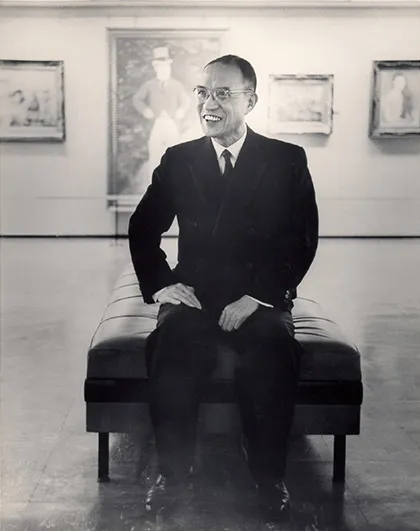
The Bridgestone Museum of Art
Shojiro, who accumulated a large collection of Western paintings and Japanese Western-style paintings from the pre- and post-war period, had a desire to establish a museum from a relatively early age.
When Shojiro traveled to the United States in 1950, his plans for a museum began to take shape. Visiting famous museums around the world, he strengthened his determination, "Rather than cherish the collection on my own, I want to build a museum so that everyone may view it, thereby contributing to the advancement of culture."

In 1951, Shojiro built the Bridgestone Building in the Kyobashi area of central Tokyo, and opened the Bridgestone Gallery (as of 1967, the Bridgestone Museum of Art), which occupied the entire second floor of the new building on January 8, 1952.
This was just seven years after the end of the war, when Japan was still in the midst of recovery and occupation. People yearned for art of a high standard, yet there were no art museums in Tokyo exhibiting modern European or modern Japanese Western-style paintings. Against this backdrop, the Bridgestone Gallery had a big impact, putting masterpieces of European and Japanese Western-style painting on display in the heart of the city.

Since its opening, the Bridgestone Museum of Art has played host to a wide range of events and activities related to the arts, including not only permanent and special exhibitions, but also art lectures by experts and distinguished guests in various fields, productions of documentary films, record concerts, and recitals. Although the contents have gradually changed over the years, these activities remain central to the program at the Artizon Museum.
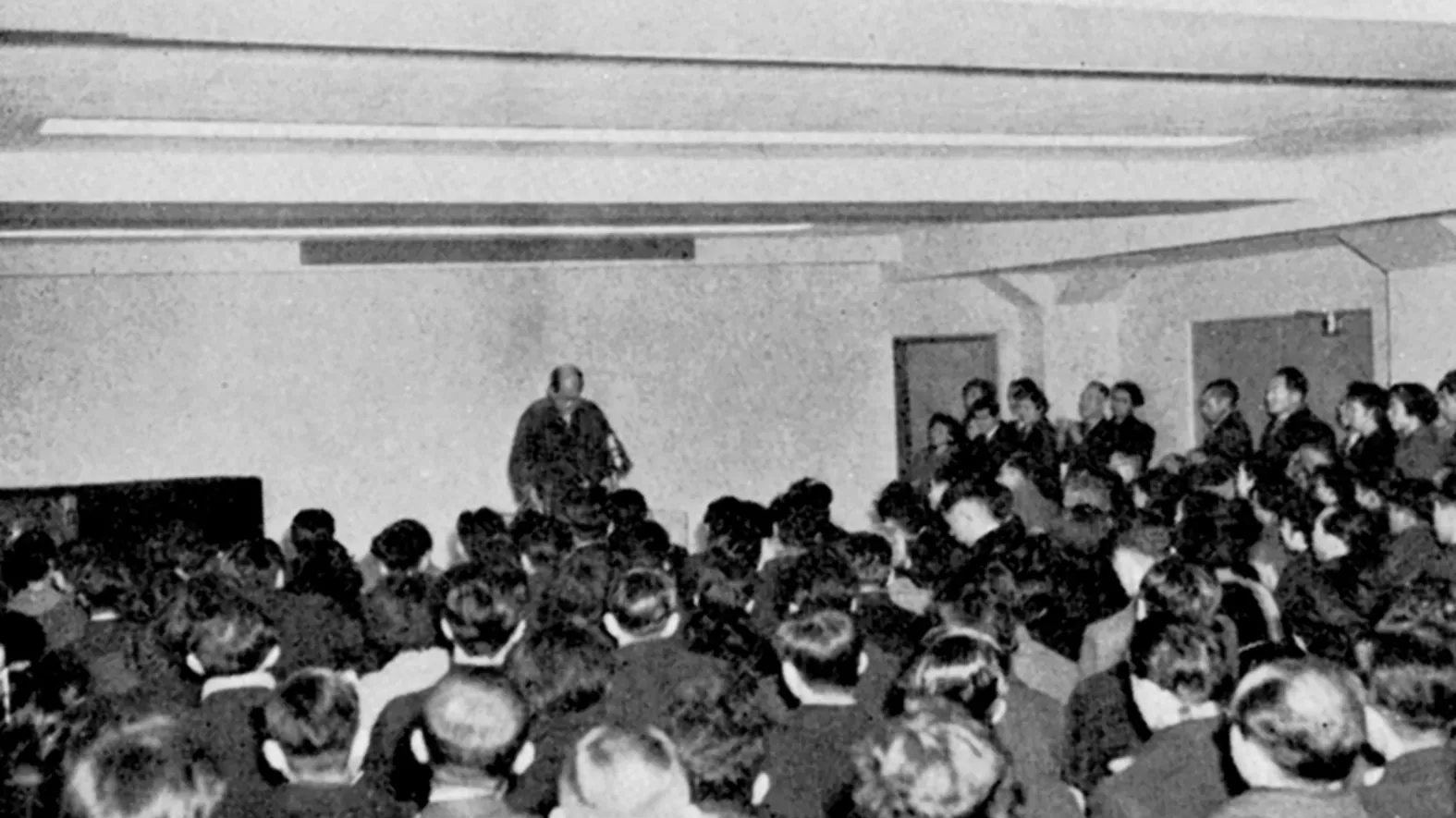
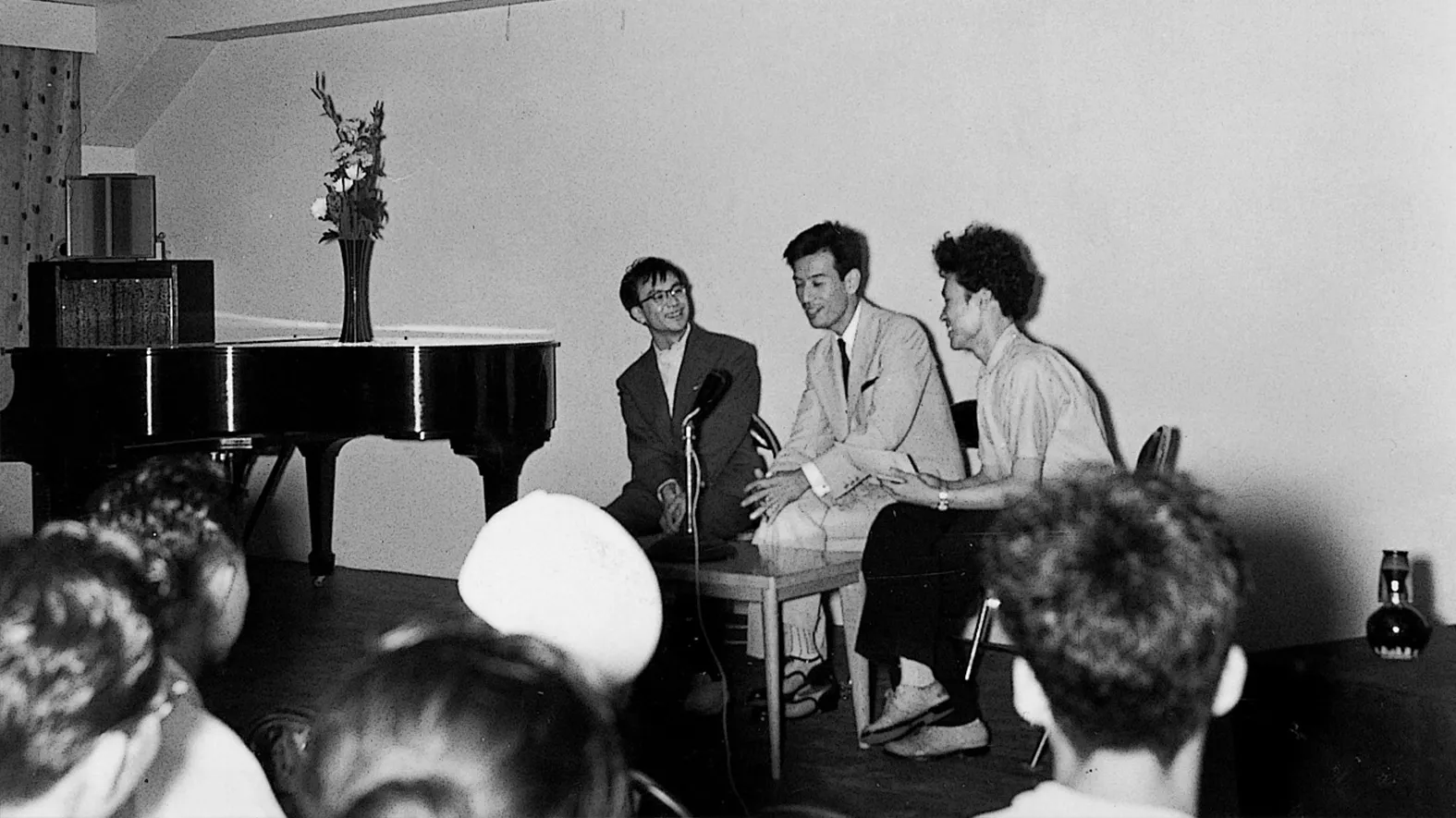
The Ishibashi Cultural Center
Throughout his life, Shojiro devoted himself to developing his hometown, Kurume City, in Fukuoka Prefecture.
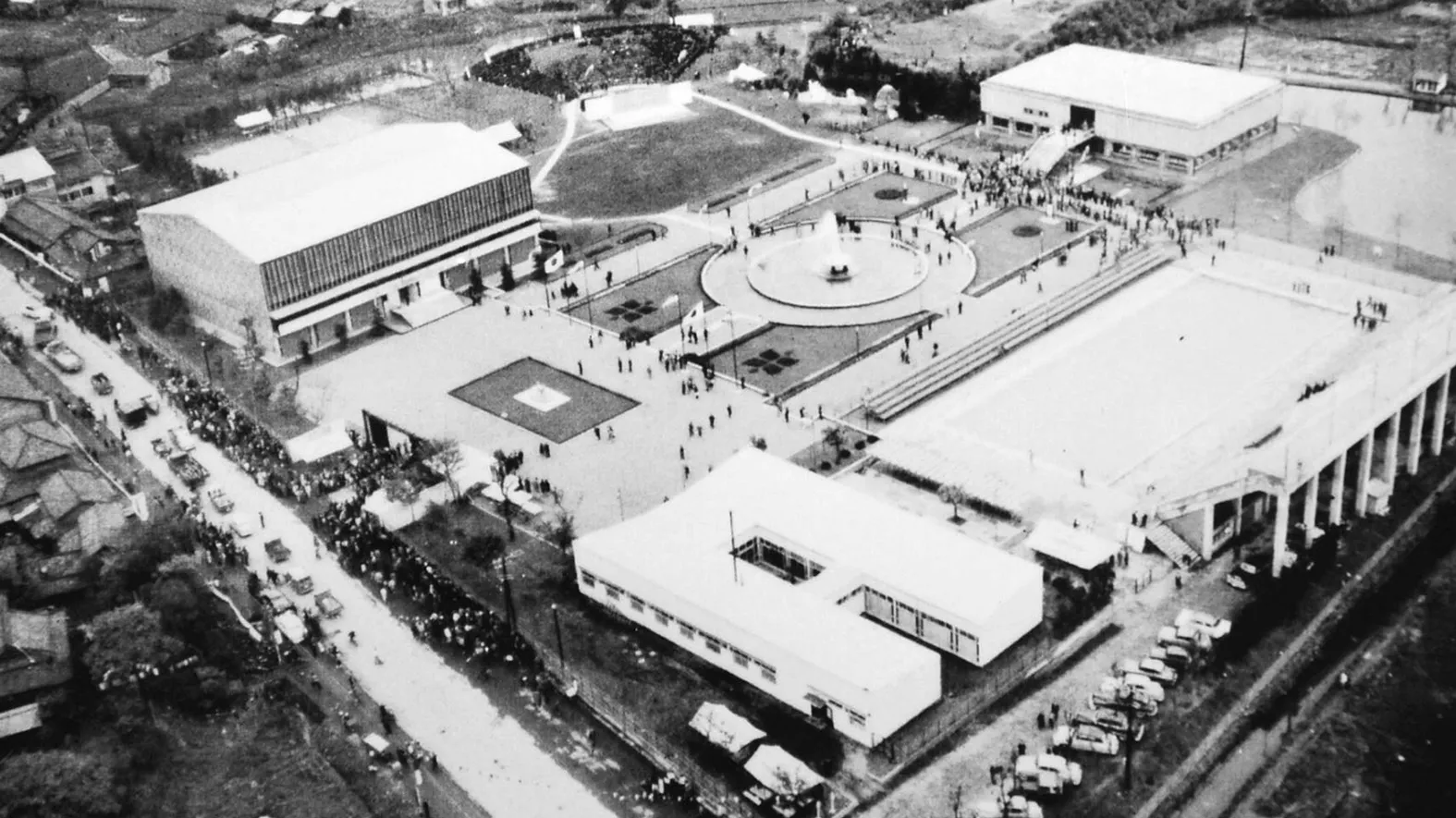
During his travels through Europe and North America in 1953, Shojiro was deeply impressed by Western culture, and on his return he resolved to build a cultural center to promote Kurume's cultural advancement. These plans came to fruition as part of the commemorative project to mark the 25th anniversary of foundation of Bridgestone Tire Co., Ltd., when the Ishibashi Cultural Center was donated to the city. The original 30,000-square-meter premises housed an art museum (the Ishibashi Museum of Art, currently Kurume City Art Museum), a gymnasium, a 50-meter swimming pool, a cultural auditorium (temporary), an outdoor music hall, and gardens, and were opened to the public in April 1956. At the main entrance to the Ishibashi Cultural Center is a monument inscribed with the following words in Shojiro's own handwriting: "For the welfare and happiness of all mankind."
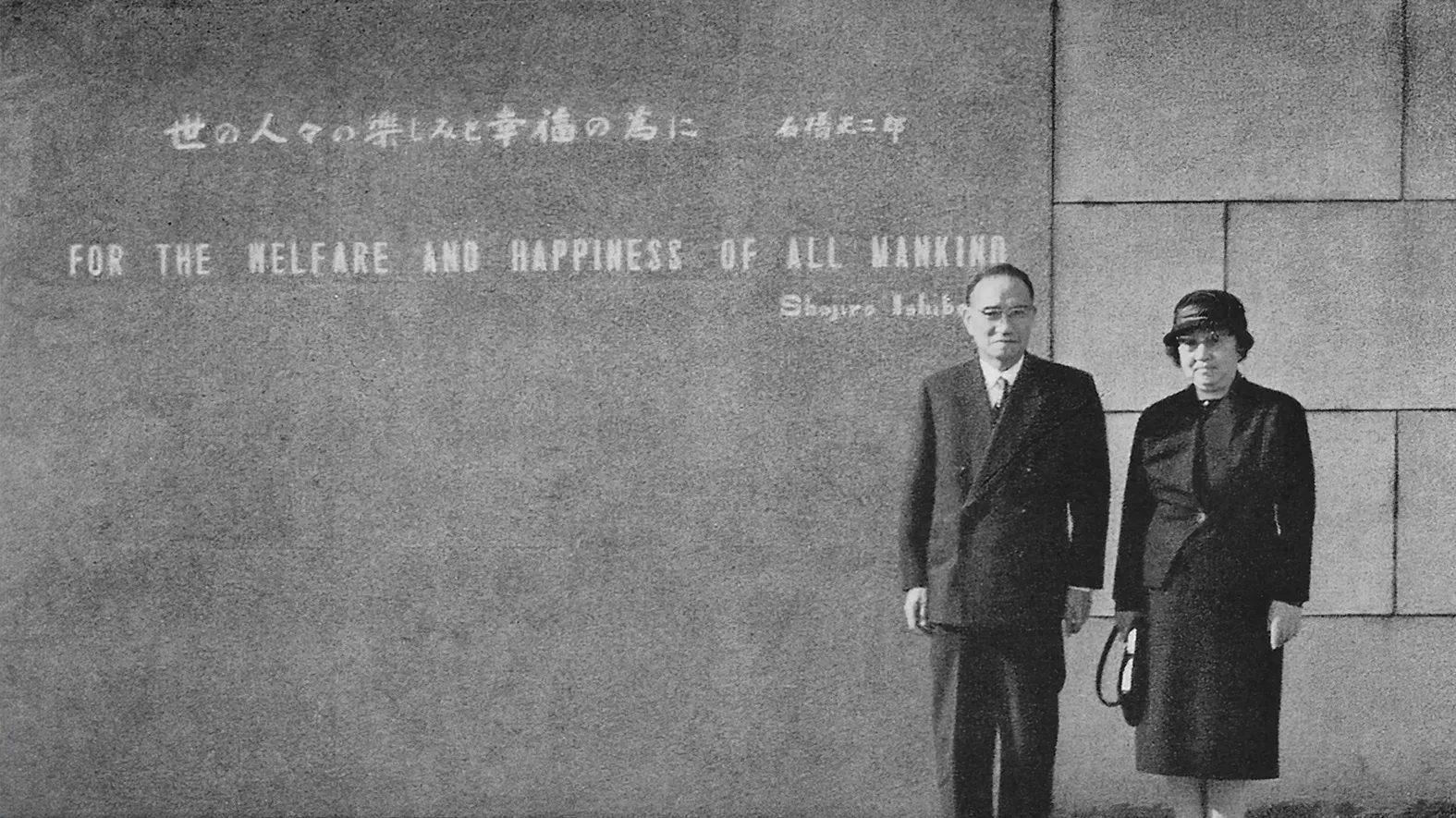
The Ishibashi Cultural Center continued to expand in the years that followed, with the opening of a cultural hall and cultural auditorium (1963), the construction of a Japanese garden (1970-72), and the opening of the Ishibashi Museum of Art, Asian Gallery (1996), and with a premises of around 60,000 square meters centering on the Kurume City Art Museum, it currently serves as the main center for local culture in Kurume.
The Japan Pavilion at the Venice Biennale
Shojiro also left behind achievements in the area of international exchange through art. At the Venice Biennale, which has been held since 1895, the countries of the world exhibit work by representative artists in their own countries' pavilions in a kind of competition to see whose art has the greatest appeal. Japan began attending officially in 1952, and although it had been urged to construct a permanent pavilion on land provided by the Italian side, it was unable to do so due to financial difficulties. The land that was allocated was the final site suitable for a pavilion. The Italian government notified Japan that unless it intended to construct a pavilion by the time of the 28th Venice Biennale in 1956, the site would be allocated to another country, in which case a Japanese Pavilion would likely never become a reality. Ishibashi Shojiro decided to support by funding of the construction, and the construction of the Japanese Pavilion finally began in 1955.
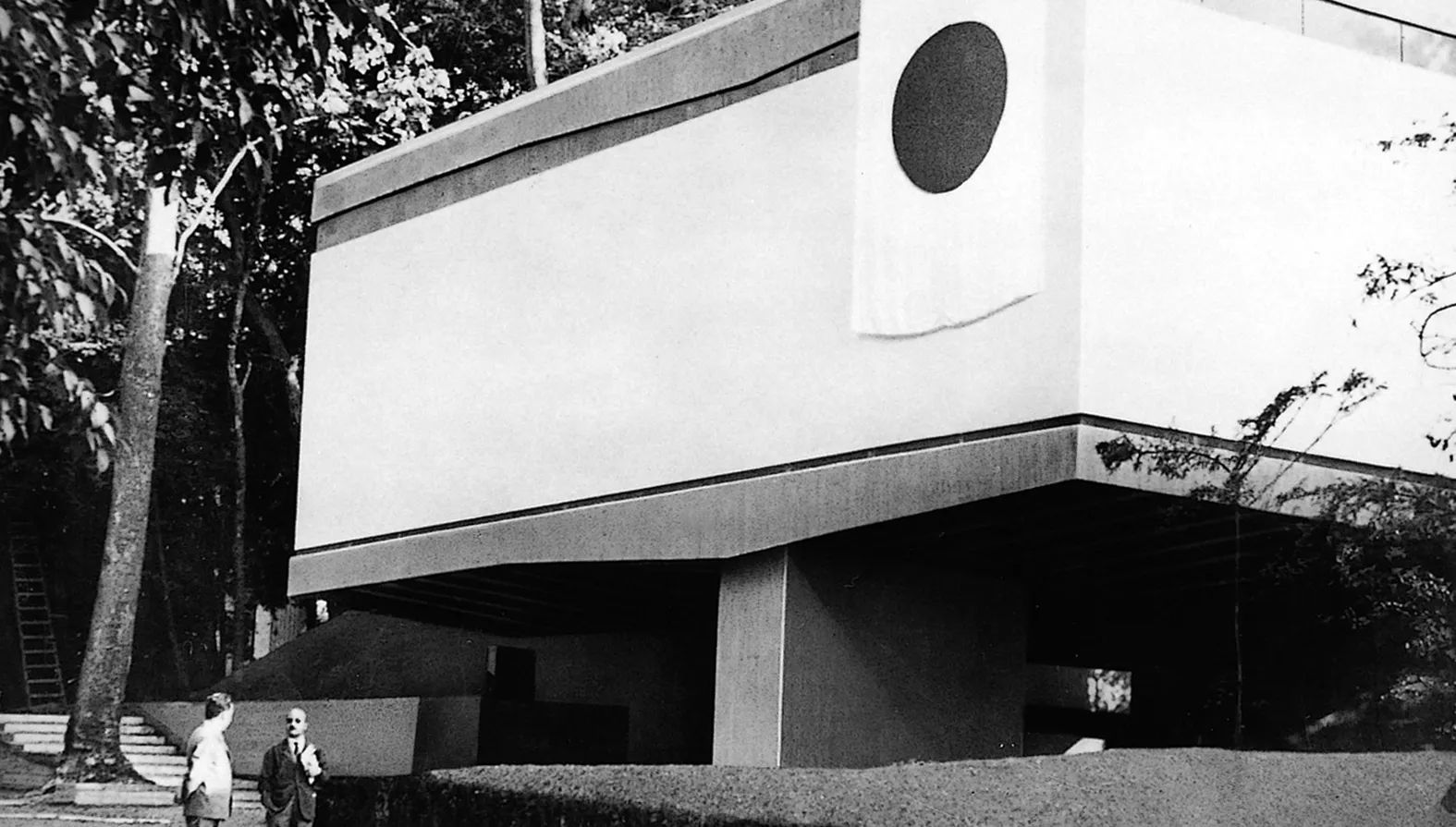
Designed by Yoshizaka Takamasa, the Japanese Pavilion was completed in 1956. With its solemn, imposing figure, the pavilion became a major talking point of the 28th Venice Biennale, held the same year. Shojiro, who traveled to Venice to attend the opening ceremony for the pavilion, commented, "The opening was attended by a crowd of some 500 dignitaries and newspaper reporters from different countries, and the Japanese Pavilion was given a favorable reception and reported around the world, making it a great day for Japanese culture."
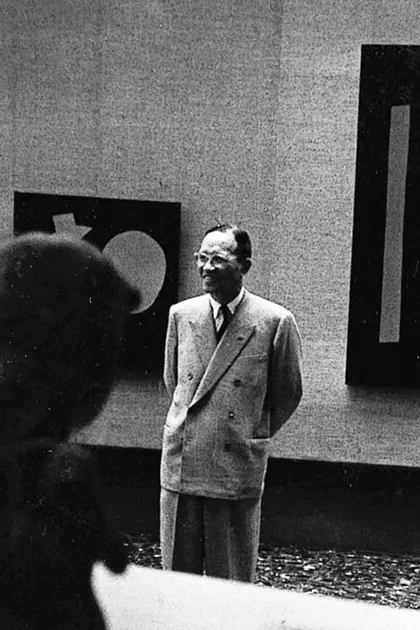
The National Museum of Modern Art, Tokyo
If the Ishibashi Museum of Art in the Ishibashi Cultural Center is a testament to his contributions at the regional level, and the Japanese Pavilion at the Venice Biennale a testament to his contributions at the international level, then his funding of the construction of a new building for the National Museum of Modern Art, Tokyo, is a testament to his contributions at the national level.
The National Museum of Modern Art, Tokyo opened in Kyobashi, Tokyo in 1952, but the site was too small and before long it became necessary for it to move. A piece of state-owned land in Kitanomaru Daikan-cho on the perimeter of the Imperial Palace was deemed the most suitable new site. However, as the result of an earlier Cabinet decision, a policy had been adopted prohibiting the construction of any facilities on this site.
On learning of these circumstances, Ishibashi Shojiro, who was a trustee of the National Museum of Modern Art, Tokyo, offered to personally fund the construction of a new building if this policy was changed to allow construction on the Kitanomaru Daikan-cho site. Initially, because Cabinet decisions are deemed absolute, it was considered unlikely that this plan would come to fruition, but due partly to Shojiro's enthusiasm and the efforts of the then Minister of Justice (and second President of the Board of Directors of the Ishibashi Foundation), Ishii Mitsujiro, who was a friend of Shojiro's from their elementary school days, the Cabinet decided in 1966 to approve the construction.
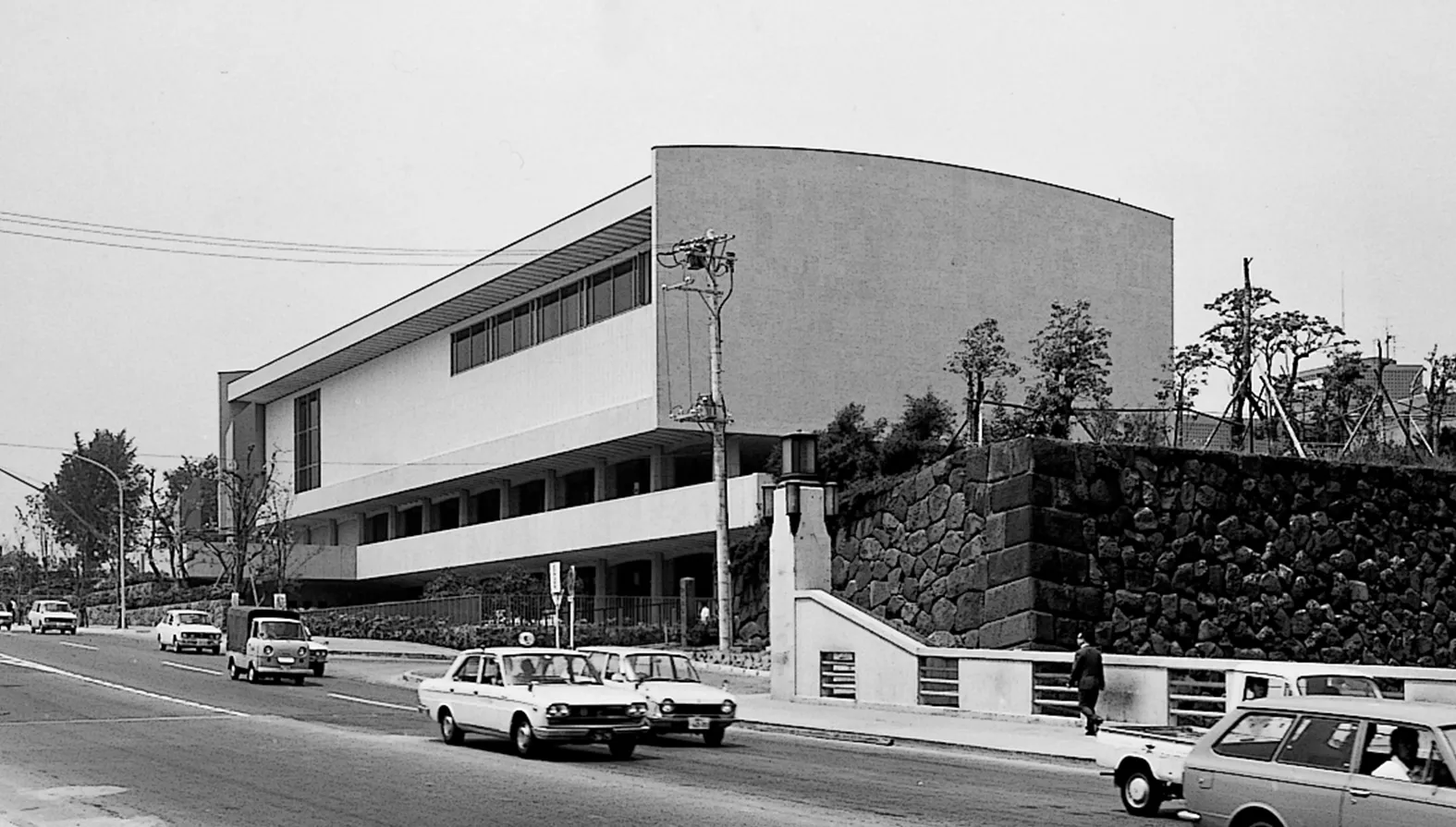
Construction of the new building, which was designed by Taniguchi Yoshiro, began in 1967 and lasted two years, with Shojiro gifting it to the country upon its completion in 1969.
In his lifetime, Shojiro built four cultural facilities: The Bridgestone Museum of Art, the Ishibashi Cultural Center, the Japanese Pavilion at the Venice Biennale, and the National Museum of Modern Art, Tokyo. Although the backgrounds leading to their construction vary, each museum is an embodiment of Shojiro's desire to share his appreciation of culture and art with many people.
